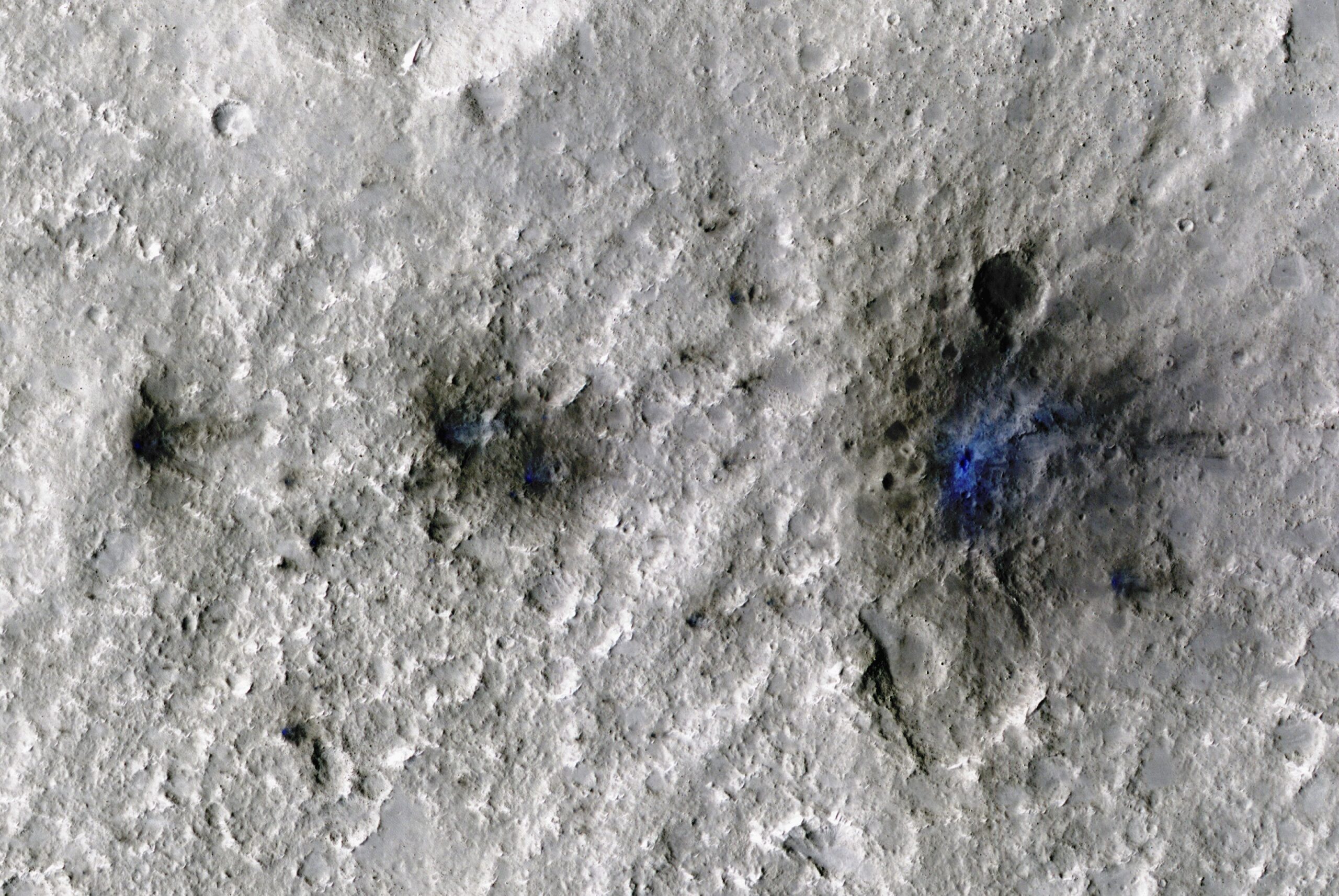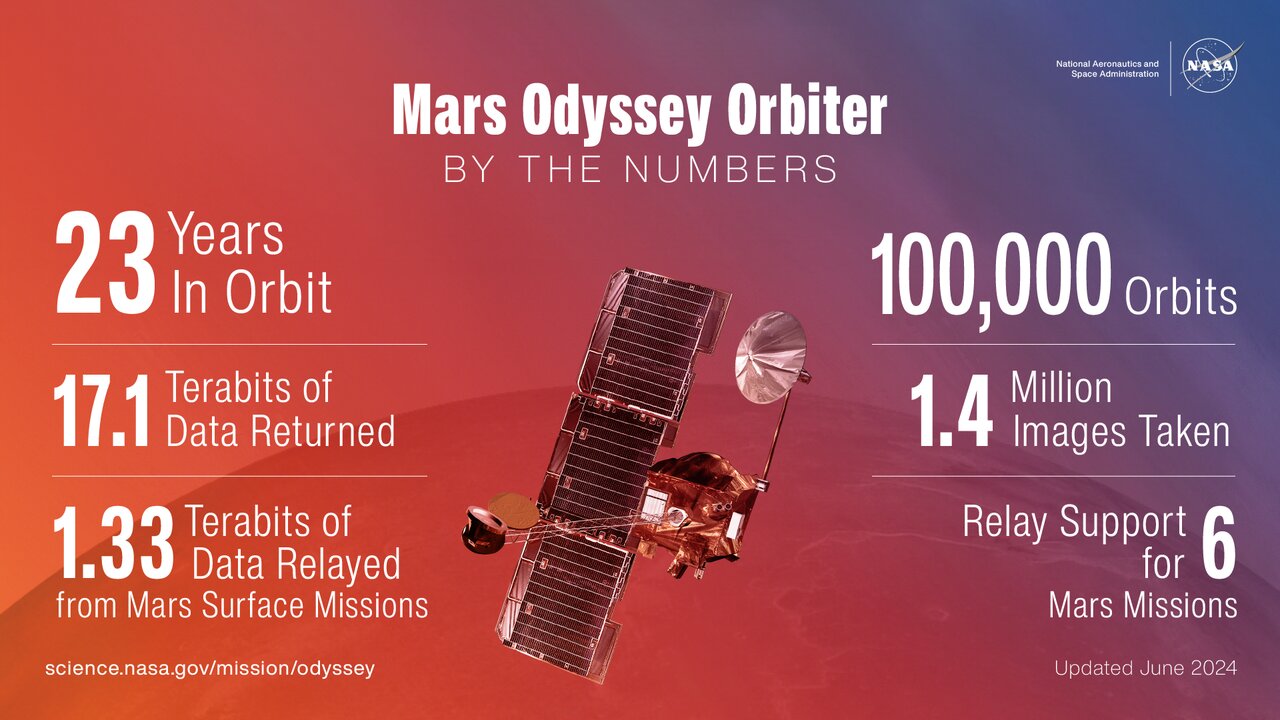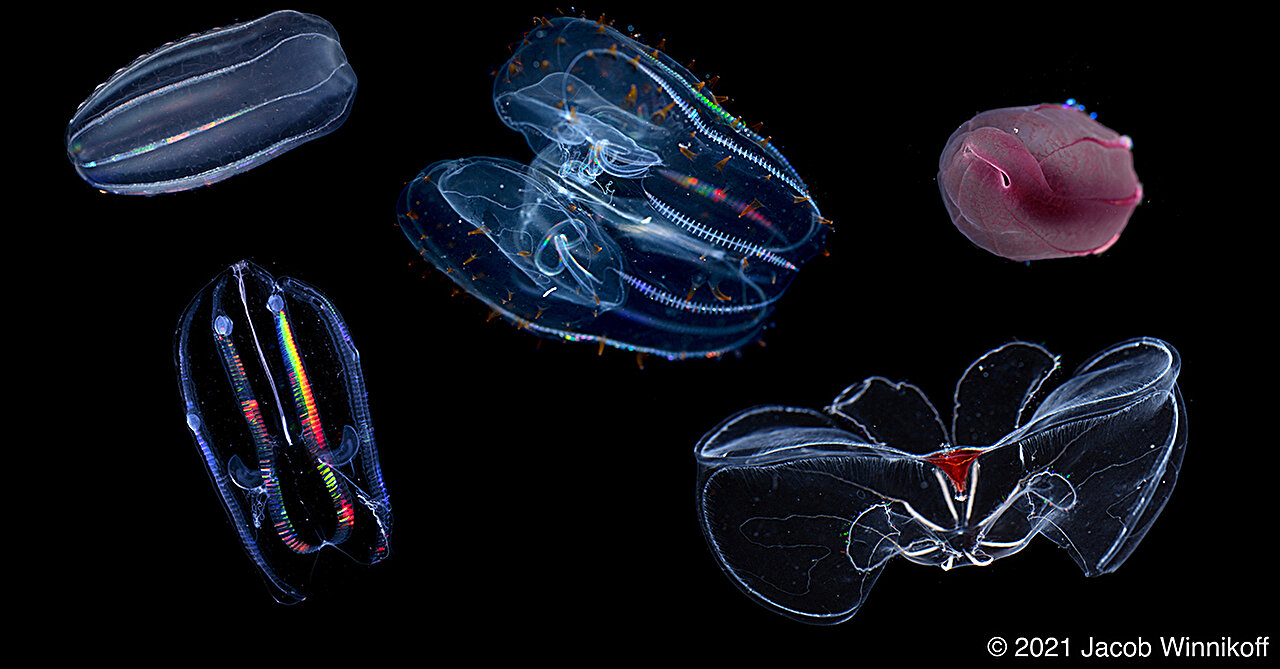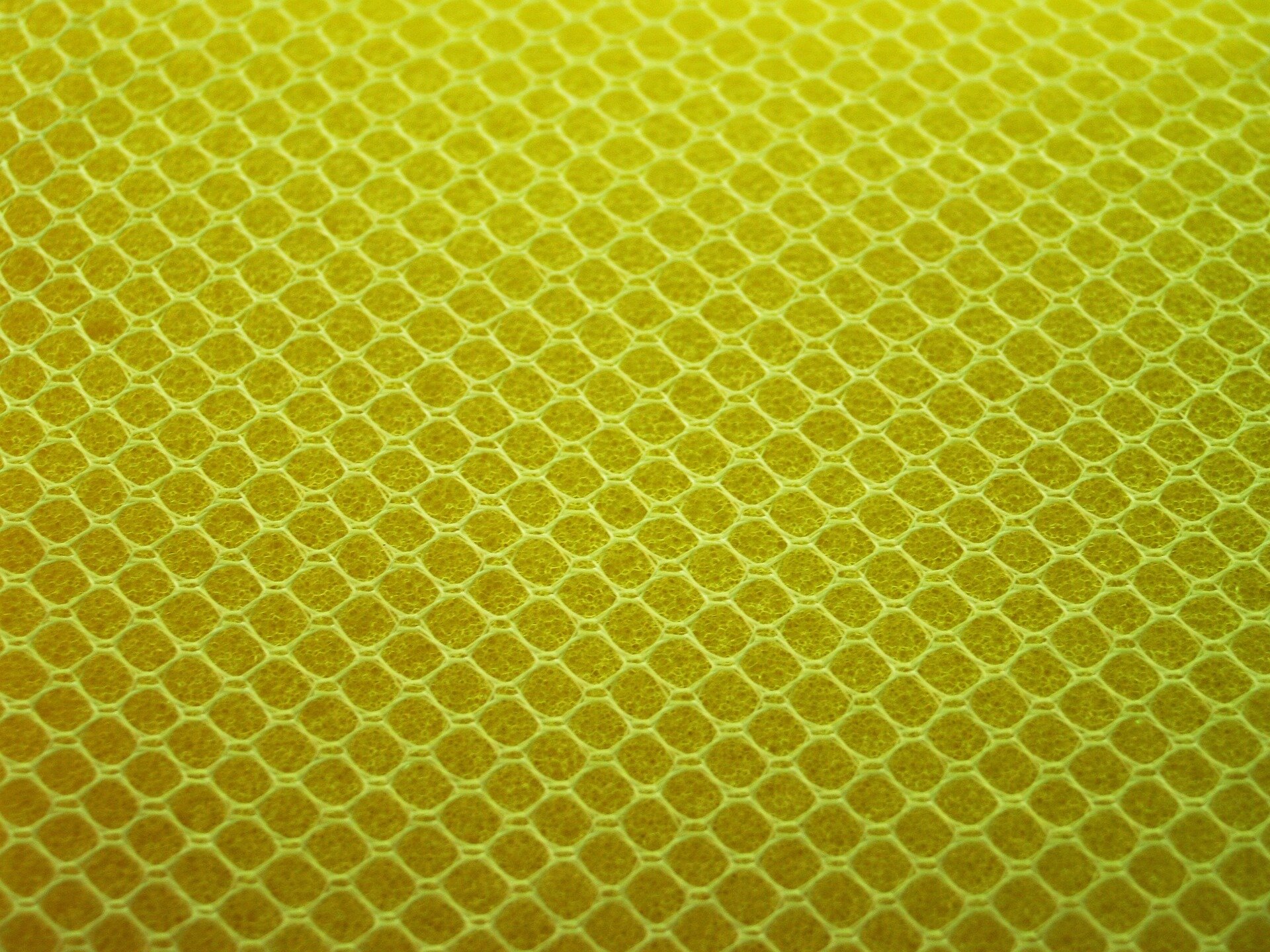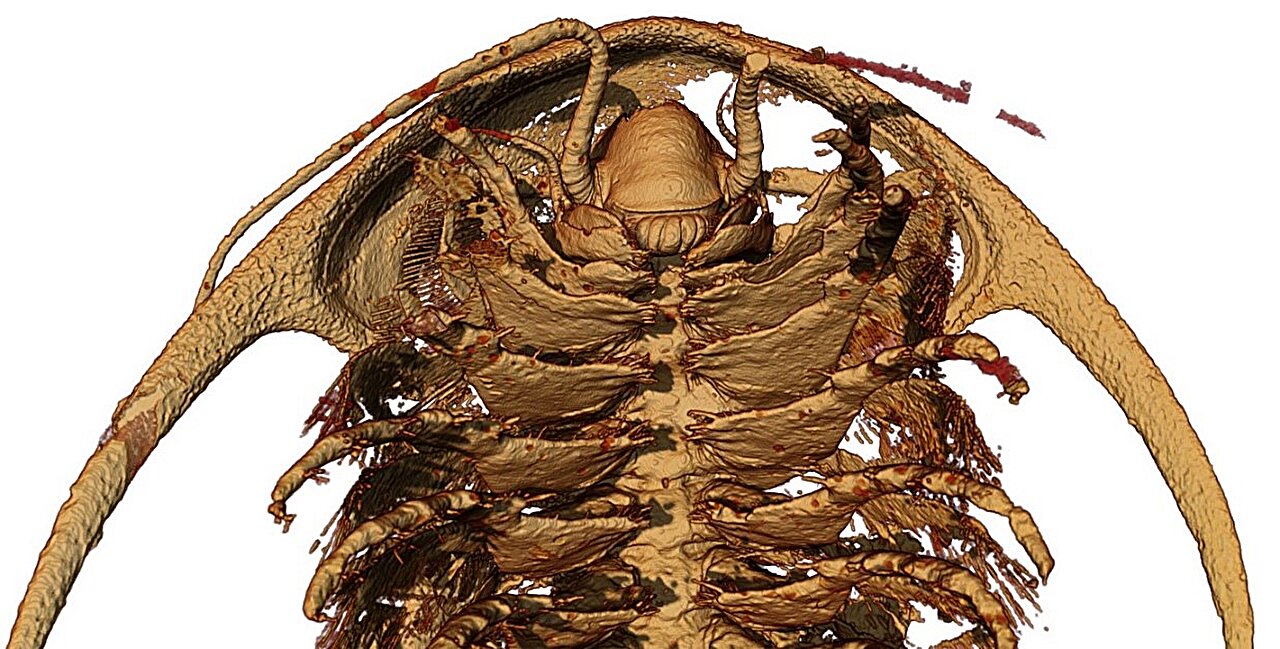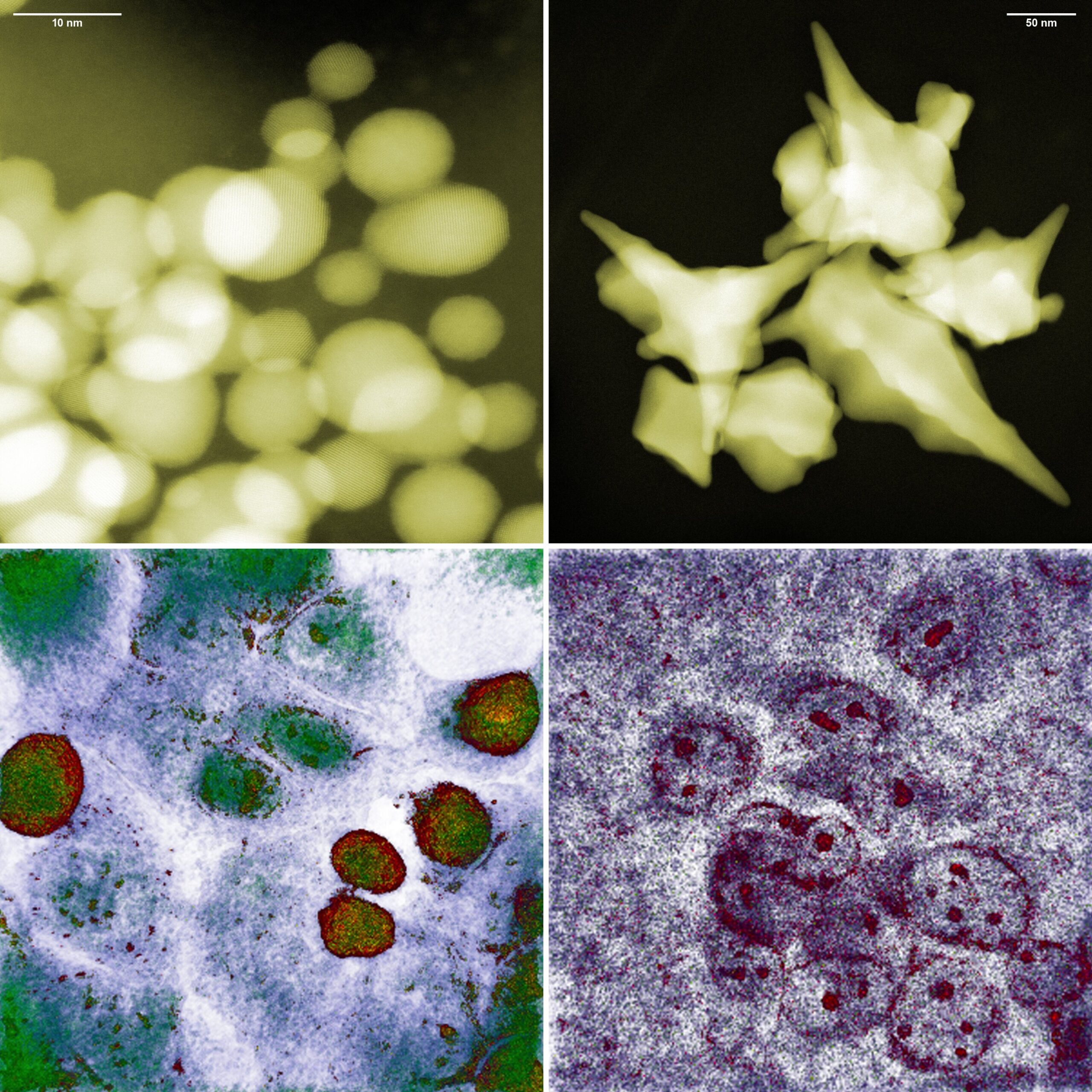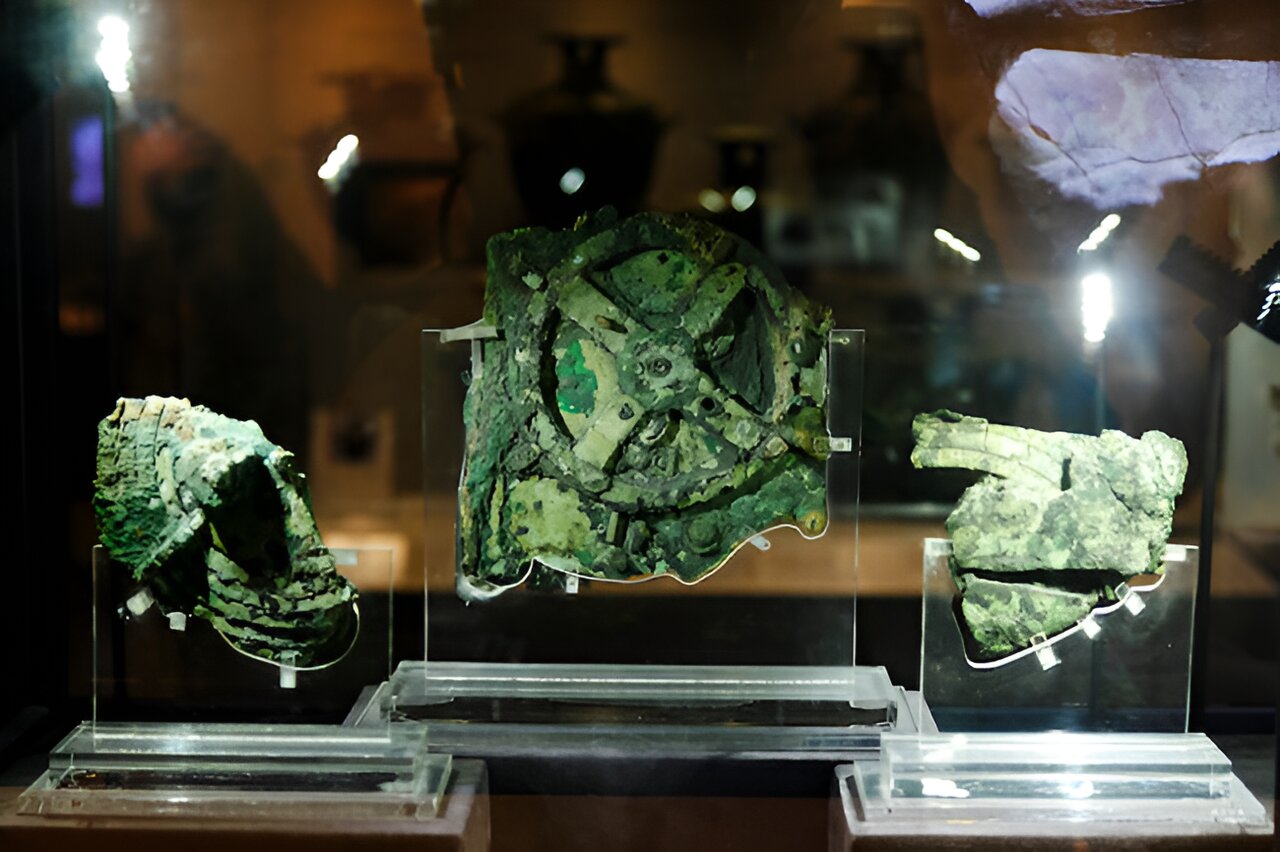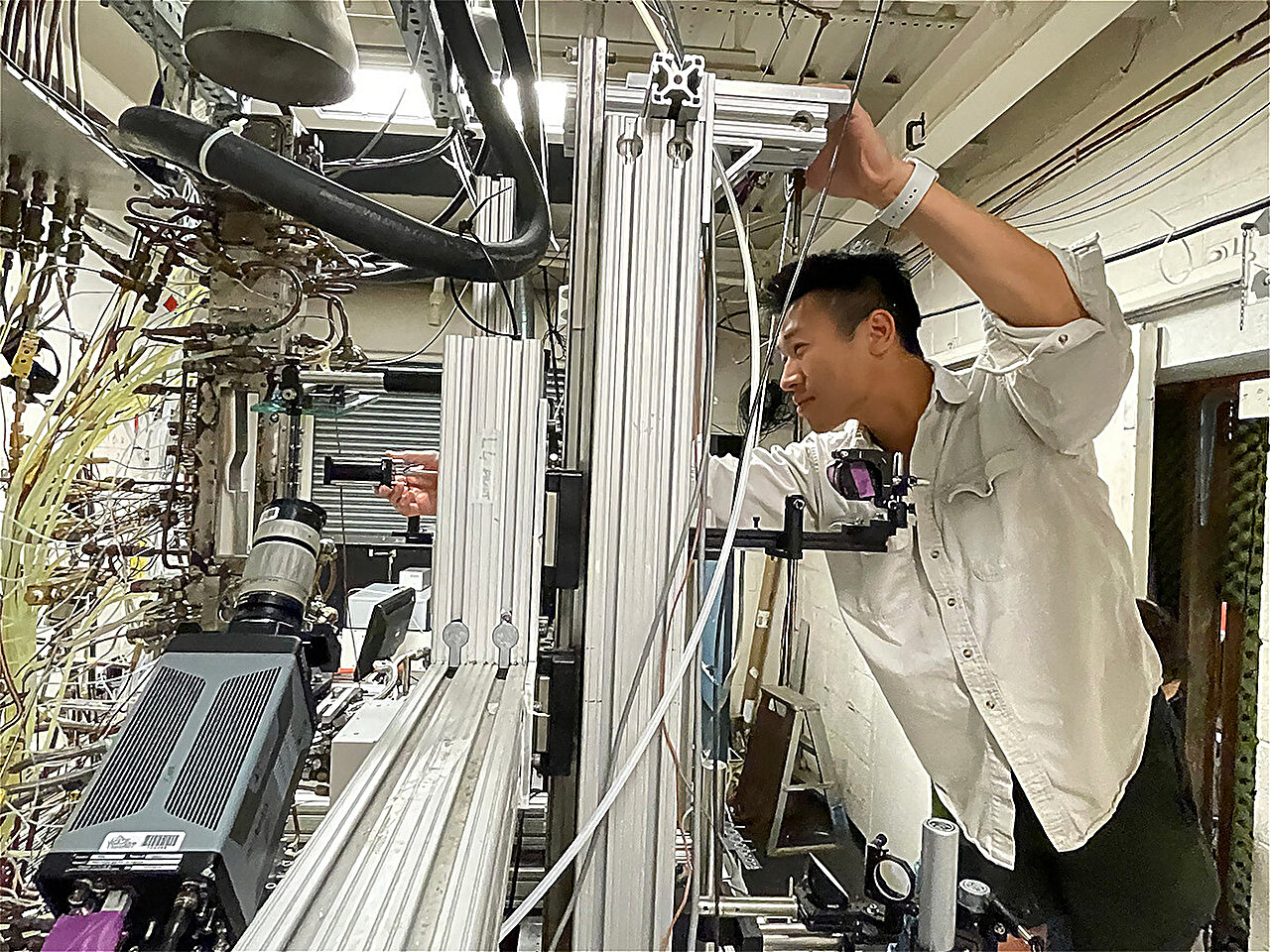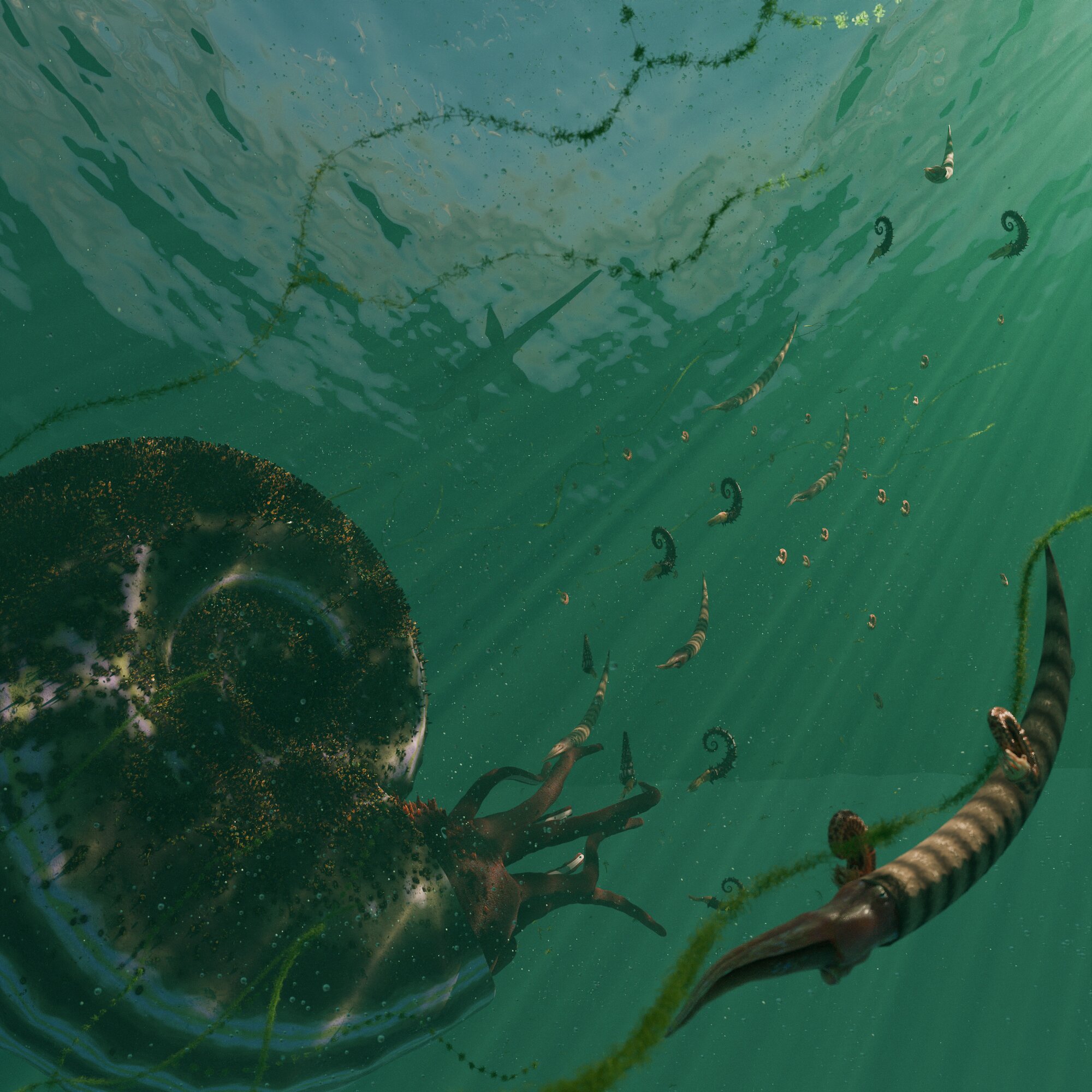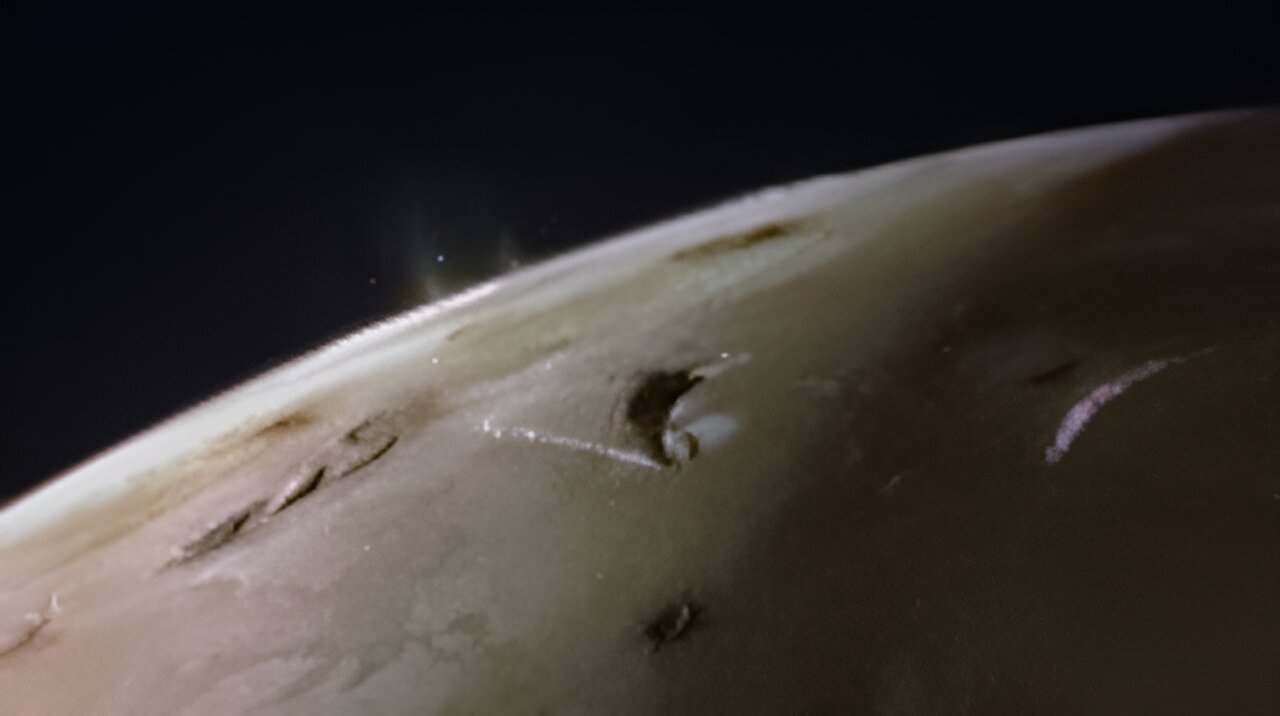New class of Mars quakes reveals daily meteorite impacts
First meteor impact detected by NASA’s InSight mission; the image was taken by NASA’s Mars Reconnaissance Orbiter using its High-Resolution Imaging Science Experiment (HiRISE) camera. Credit: NASA/JPL-Caltech/University of Arizona: https://science.nasa.gov/resource/insight-detects-an-impact-for-the-first-time/ An international team of researchers led by ETH Zurich and Imperial College London has made the first estimate of global meteorite impacts on Mars using … Read more
